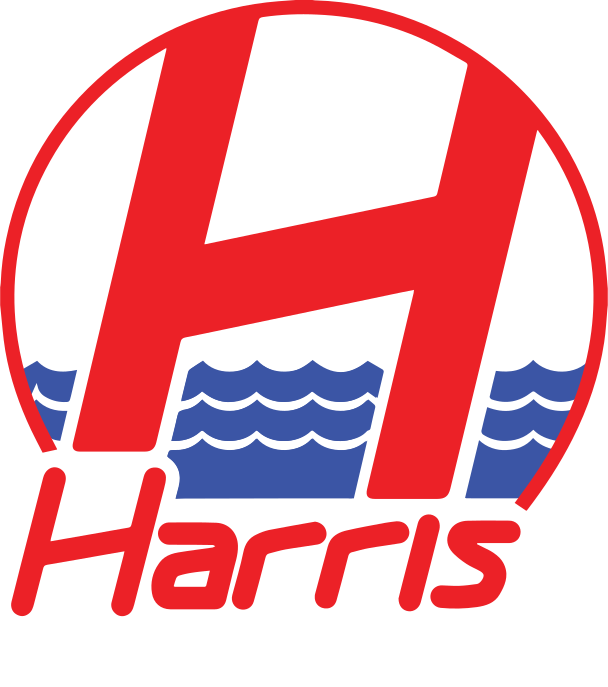Sewer scope inspections are a crucial part of maintaining the health and functionality of a community’s sewer system. These inspections involve using advanced technology, such as high-resolution cameras, to visually inspect the interior of sewer lines. With sewer scope inspections, plumbers can identify any blockages, root intrusions, or possible signs of cracks that may be affecting the system’s performance. Take a look at how municipal sewer scope inspections are done to keep the sewer line in optimal condition.
The Essential Equipment Used in Sewer Inspections
Municipal sewer scope inspections rely on cutting-edge technology to diagnose pipeline issues effectively. One of the most important tools used is the high-resolution camera, which is attached to a flexible, durable cable. This camera provides detailed visual images of the interior of sewer lines. Additionally, specialized lighting and waterproof materials ensure these devices can operate accurately in dark, damp, and sometimes hazardous environments.
Other essential equipment includes recording devices and monitors that display live footage as the camera moves through the pipeline. Technicians often use robotic crawlers or self-leveling cameras to traverse extensive sewer systems. High-pressure jets may also be employed to clear debris for better inspection visibility.
Step-by-Step Sewer Inspection Procedure
The municipal sewer scope inspection process begins with technicians inserting a flexible camera into the sewer line via an accessible entry point, such as a cleanout. The camera is carefully guided through the pipeline, capturing real-time footage of the pipe’s interior. The footage provides a close-up view of any blockages, structural damage, or pipe deformities that might otherwise remain hidden.
Throughout the procedure, the plumber monitors the live feed on a screen. Footage is typically recorded and archived for reference, and inspectors often manipulate the camera to focus on problem areas. Once the inspection is complete, the equipment is removed, and the footage is reviewed in detail. This thorough yet minimally invasive process ensures accurate assessments without unnecessary disruption to the property or surrounding area.
Reasons for Sewer Scopes
A municipal sewer scope inspection might be necessary when frequent blockages occur, indicating possible obstructions or damage in the sewer line. Unusual odors or slow drainage can also signal underlying issues that require a visual inspection. Sewer scopes are non-invasive and make it easier, faster, and more affordable to identify and locate pipe sections that need repair or replacement.
New construction plumbing companies may conduct sewer scope inspections to identify and address problems such as misaligned or damaged pipes, obstructions, or improper connections. Additionally, this inspection helps ensure compliance with local building codes.
By using flexible cameras that produce high-resolution images, sewer scope inspections help plumbers identify and address potential issues within sewer lines. These inspections can detect obstructions, damage, and misalignments that may lead to frequent blockages, slow drainage, or unusual odors. Whether for existing properties or new construction projects, sewer scope inspections provide valuable insights for ensuring compliance with local building codes and maintaining the integrity of the plumbing system.




















